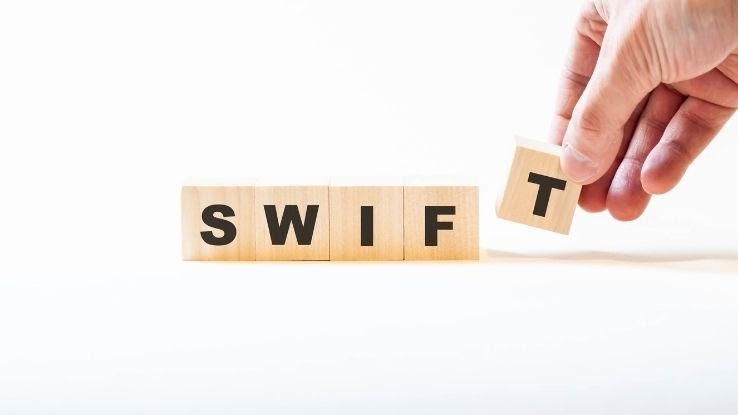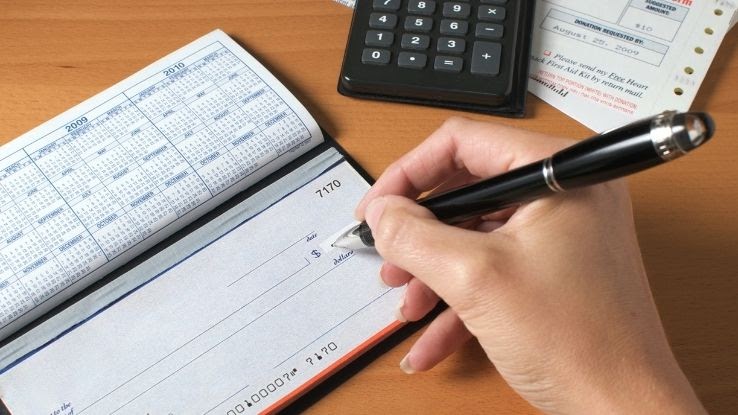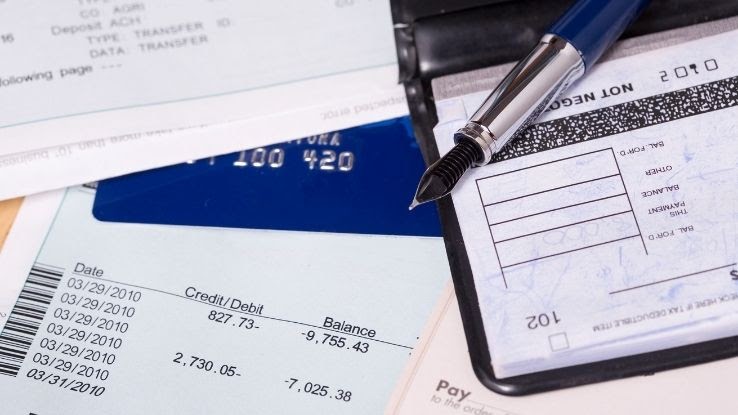Coding for Beginners in Easy Steps Basic Programming for All Ages by Mike Mcgrath

If you're wiring money internationally, your bank will likely require you to include a SWIFT code or a BIC code with your wire transfer. This is because SWIFT codes help identify banks and financial institutions worldwide so that payments can be routed to the correct destination. SWIFT codes can also help you verify the legitimacy of a bank or financial institution before you send them money.
So if you are unsure of what your SWIFT code is, this article will discuss what SWIFT Codes are, how they work, who needs them, and how to find your swift code. Read on to learn more.

SWIFT is an acronym from the Society for Worldwide Interbank Financial Telecommunication; An institution formed in 1973 to solve a common issue of communicating cross-border payments.
A SWIFT code, also referred to as SWIFT-BIC, Swift ID, BIC (Bank Identifier Code), or SWIFT code, is a combination of letters and numbers used to identify banks and other financial institutions. The code identifies the bank, branch, and country where an account is registered globally. In other words, the unique codes are used as Bank Identifier Codes (BIC). A SWIFT code facilitates the international transfer of money between banks. The codes help to reduce the time it takes to send money internationally. A bank can instantly identify the financial institution it needs to send money to with a SWIFT code. However, it's not to be confused with a routing number, which is used for domestic transfers.
What Do the Digits in a SWIFT Code Mean?

A SWIFT code consists of 8 to 11 characters, with four components, and each section tells you something about the bank account.
- The first four characters in any SWIFT code must be letters and represent the bank code.
- The next two characters must also be letters and represent the country code.
- The other two characters are location codes and can be a mix of letters and numbers.
- Lastly, the last three digits give the branch code ("XXX"). They can be letters or numbers and are optional. That is why we have 11 and 8 characters SWIFT codes.
Let's assume an 11 digit SWIFT code as DDDDUSBBAAA and an eight-digit SWIFT code as DTCUSV2S.
An eleven digit SWIFT code (DDDDUSBBAAA) is sectioned as:
DDDD: Bank code
US: Country code
BB: Location code
AAA: Branch code
While an eight-digit SWIFT code (DTCAUS2S) is sectioned as:
DTCA: Bank code
US: Country code
2S: Location code
SWIFT codes are unique to each bank and must be used correctly; otherwise, your money will be in the wrong bank. It's always advisable to confirm with your bank if you are unsure what your SWIFT code is.
How Do SWIFT Codes Work?

To complete international money transfers, you need SWIFT codes. The code ensures that the money you are wiring gets to the intended bank account.
To wire money to another country, you will need to:
- Contact your bank and request them to wire transfer a certain amount.
- Provide the bank with the information of the receiver. Your bank will ask for the recipient's name, address, bank name and address, account number, and the bank's SWIFT code (ensure that you submit the correct code). This information can be given online, in person, or on-call, depending on your bank's policies.
- Your bank will then send a SWIFT message requesting the recipient bank to credit the beneficiary's account. The bank sends this message after confirming that the transfer is legitimate.
- On receiving the message, the beneficiary bank conducts a background check to ensure that the transaction is clean before crediting the recipient's account.
- The settlement depends on whether the two banks have a relationship. If the banks have accounts with each other, the sender's bank deposits money to the recipient's account directly. However, if the banks do not have a relationship, a corresponding bank is used for settlement. The same case applies if the two banks use different currencies.
Wire transfers take up to five days because the banks involved must look into the legitimacy of the transfer. Also, the number of banks involved in the transfer affects the settlement time. You should also know that some banks charge for SWIFT transfers. Therefore it is important to look at the transaction fees of sending and receiving SWIFT payments beforehand.
Who Needs a SWIFT Code?

Many people use international wire transfers to send money across the border, and SWIFT codes have made the process easy and convenient. A SWIFT code is a must-have to wire transfer money internationally. As the sender, you must have the SWIFT code of your recipient's bank. If you have a friend overseas who wants to send you money, you need to get your bank's SWIFT code because the sender's bank will need it to make the transfer. Consequently, if you want to wire money abroad, you need your recipient's SWIFT code to complete the transaction.
Where Do I Find My SWIFT Code?

To receive money via international wire transfer, you must provide the sender with your bank's SWIFT code. Below are several ways to find your SWIFT code:
- Get the SWIFT code from your bank's official website: Every bank or financial institution has its SWIFT code listed under the Account details section. To get it; Log into your bank's website, click on Account Summary, then Account Details. Here you will find the SWIFT code, together with your account number and bank branch address.
- Check your statement: If you have a recent statement from your financial partner, you are most likely to find the SWIFT code there.
- Search online at the Society for Worldwide Interbank Financial Telecommunication database. Enter your name, name of your city, and country at the search section, and search results with SWIFT codes from all recognized banks and financial institutions in your area will appear.
- Call or visit your bank and ask for their SWIFT code: The customer service desk should be able to give this information within minutes.
Some financial institutions, especially small banks and credit financial institutions, are not connected to the SWIFT networks. This means that they do not have SWIFT codes. Instead, they use intermediary banks to make and receive international wire transfers.
daileyderessamble.blogspot.com
Source: https://www.askmoney.com/budgeting/beginners-guide-to-swift-codes?utm_content=params%3Ao%3D1465803%26ad%3DdirN%26qo%3DserpIndex&ueid=32f2ce59-2991-4d4b-bf6a-0ca040130b80
0 Response to "Coding for Beginners in Easy Steps Basic Programming for All Ages by Mike Mcgrath"
Post a Comment